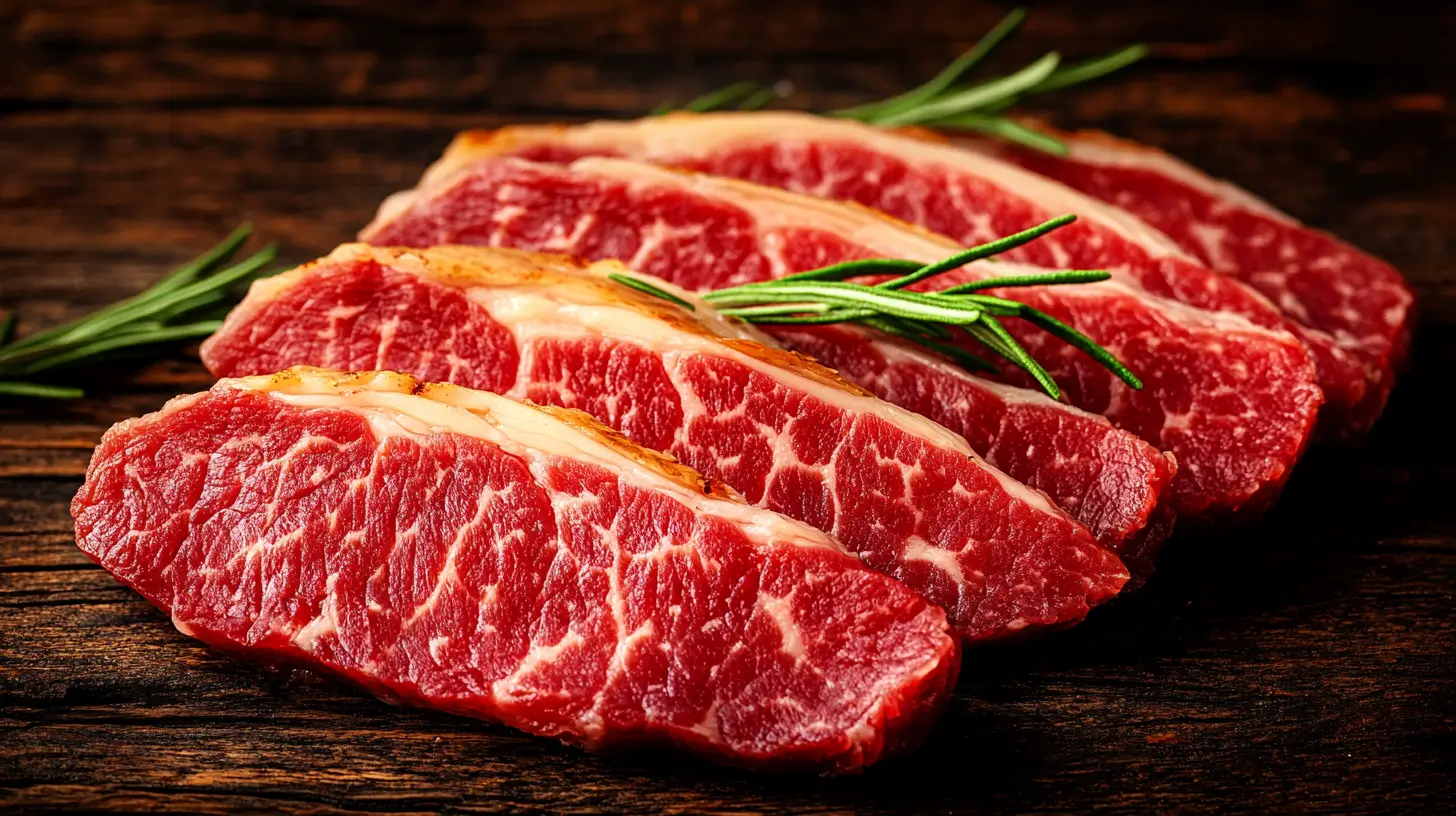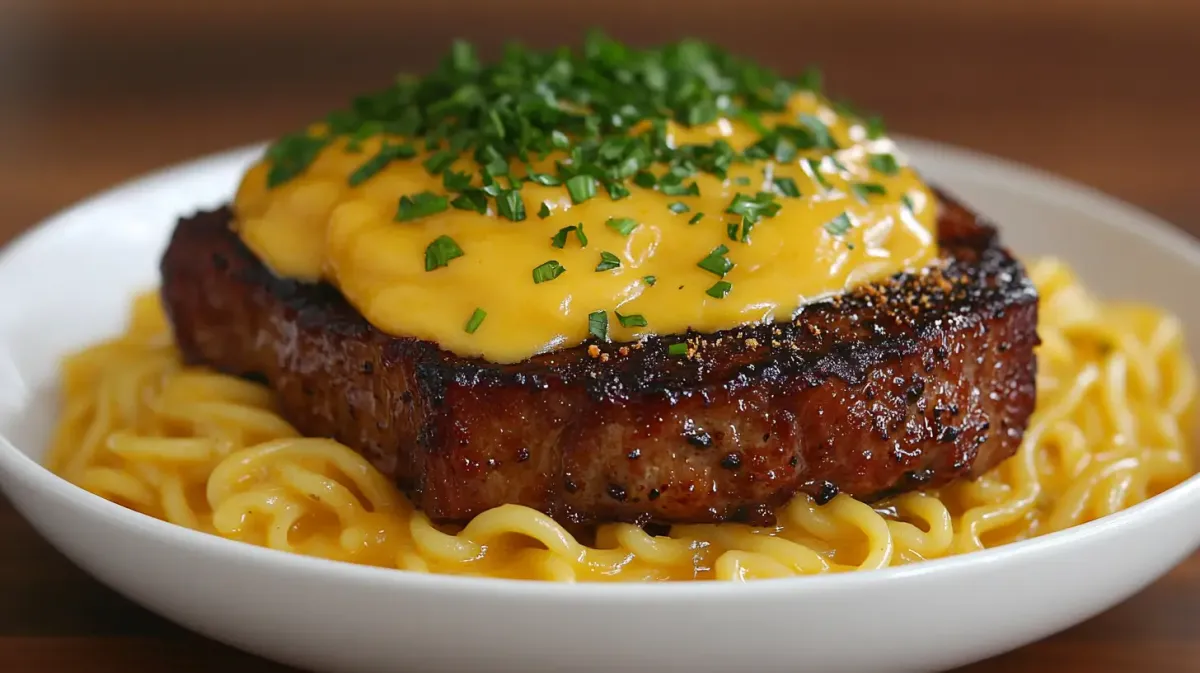- Home
- Calories in Pork Chops
- Calories in Pork Chops from Lean Cuts vs Fatty Cuts
Calories in Pork Chops from Lean Cuts vs Fatty Cuts
How to compare calories in pork chops: Lean vs Fatty cuts. Discover nutritional differences and health benefits.

Lean Cuts vs Fatty Cuts: Understanding Pork Chop Calories
Welcome, fellow food enthusiasts! For anyone dabbling in the kitchen or perhaps trying to make healthier choices at the dinner table, understanding the caloric content of different types of pork chops is essential. Pork, often dubbed ‘the other white meat,’ offers a variety of cuts, each with its own nutritional attributes. Today, let’s dive into the details of lean and fatty pork chops and discover how you can fit them into your meal plans effectively.
Whether you've just recently started cooking or have years of meal prep under your belt, understanding the different cuts of pork chops can not only elevate your culinary skills but also help you manage your dietary goals with ease.
Lean Pork Chops: A Healthy Choice?
Lean pork cuts are typically those with less fat. If you're calorie-conscious or looking out for your heart health, lean cuts are your friend. Commonly, the loin—including the tenderloin and sirloin—are considered lean cuts. Here’s what you need to know about these:
- Caloric Content: Generally, a 3-ounce serving of cooked lean pork chop contains about 140 to 180 calories, making it an excellent choice for those keeping an eye on calorie intake.
- Protein-Rich: This cut is also high in protein, which is vital for muscle repair and growth - ideal for those on a strength-training regimen.
- Low in Fat: Lean pork chops contain less saturated fat, which is better for maintaining healthy cholesterol levels.
Opting for lean cuts doesn't mean sacrificing flavor. With the right seasoning and cooking techniques like grilling or broiling, you can create delicious, succulent dishes that are both satisfying and healthy.
Fatty Cuts: Flavorful but Calorie Dense
On the flip side, fatty cuts of pork, such as the rib chop or shoulder, tend to be more flavorful due to the higher fat content; however, they are also higher in calories. Here is why paying attention to these cuts is necessary:
- Caloric Content: A 3-ounce serving of a cooked fatty pork chop can contain between 230 to 260 calories—a significant jump from the leaner varieties.
- High in Fat: The increased fat content can contribute more saturated fat to your diet, which needs moderation if you're monitoring your heart health.
- Rich Flavor: The fat in these cuts does cater to more complexity in flavor, often making them the preferred choice for roasts, stews, and slow-cooking methods.
Enjoying the robust taste of fatty pork chops doesn't have to be a guilty pleasure. With mindful portion control and pairing with plenty of vegetables and whole grains, you can balance out your meal beautifully.
Cooking Tips for Pork Chop Perfection
Regardless of your choice between lean or fatty pork chops, mastering the cooking method helps you achieve the best flavor and texture while keeping nutritional benefits intact. Here are several tips to help you nail that perfect pork chop:
- Season Well: Whether it’s a simple salt and pepper rub or a more elaborate spice blend, seasoning your pork chops well ensures they’re packed with flavor.
- Avoid Overcooking: Leaner cuts can dry out faster, so keep your cooking times in check—usually, a few minutes per side over medium-high heat suffices.
- Rest After Cooking: Let your chops rest for a few minutes after cooking to redistribute the juices and retain moisture.
Cooking is as much about technique as it is about ingredients. By paying attention to how your pork chops are cooked, you can enjoy both lean and fatty cuts in their most delicious form.
Conclusion: Balance Is Key
Understanding the caloric differences between lean and fatty pork chops helps in making informed decisions about which to include in your diet. Remember, incorporating a variety of foods and paying attention to overall intake makes a difference. So next time you're at the butcher or grocery store, consider what fits best with your health goals and kitchen adventures. Enjoy the process of cooking and the joy it brings to your table!
Happy cooking, and may your dishes turn out both delightful and health-conscious!



